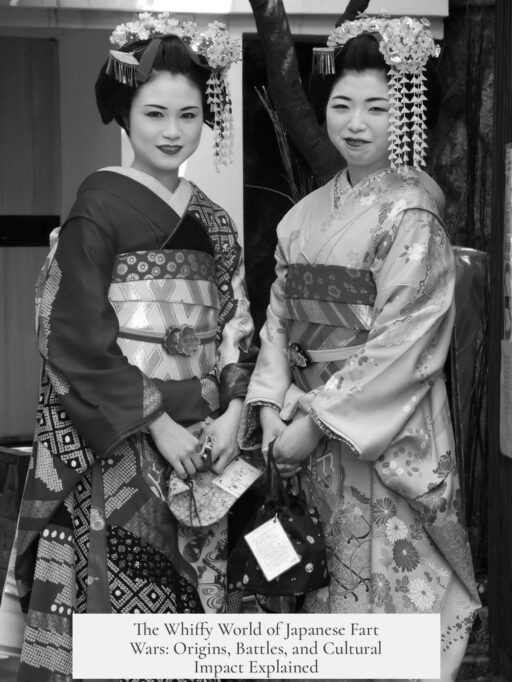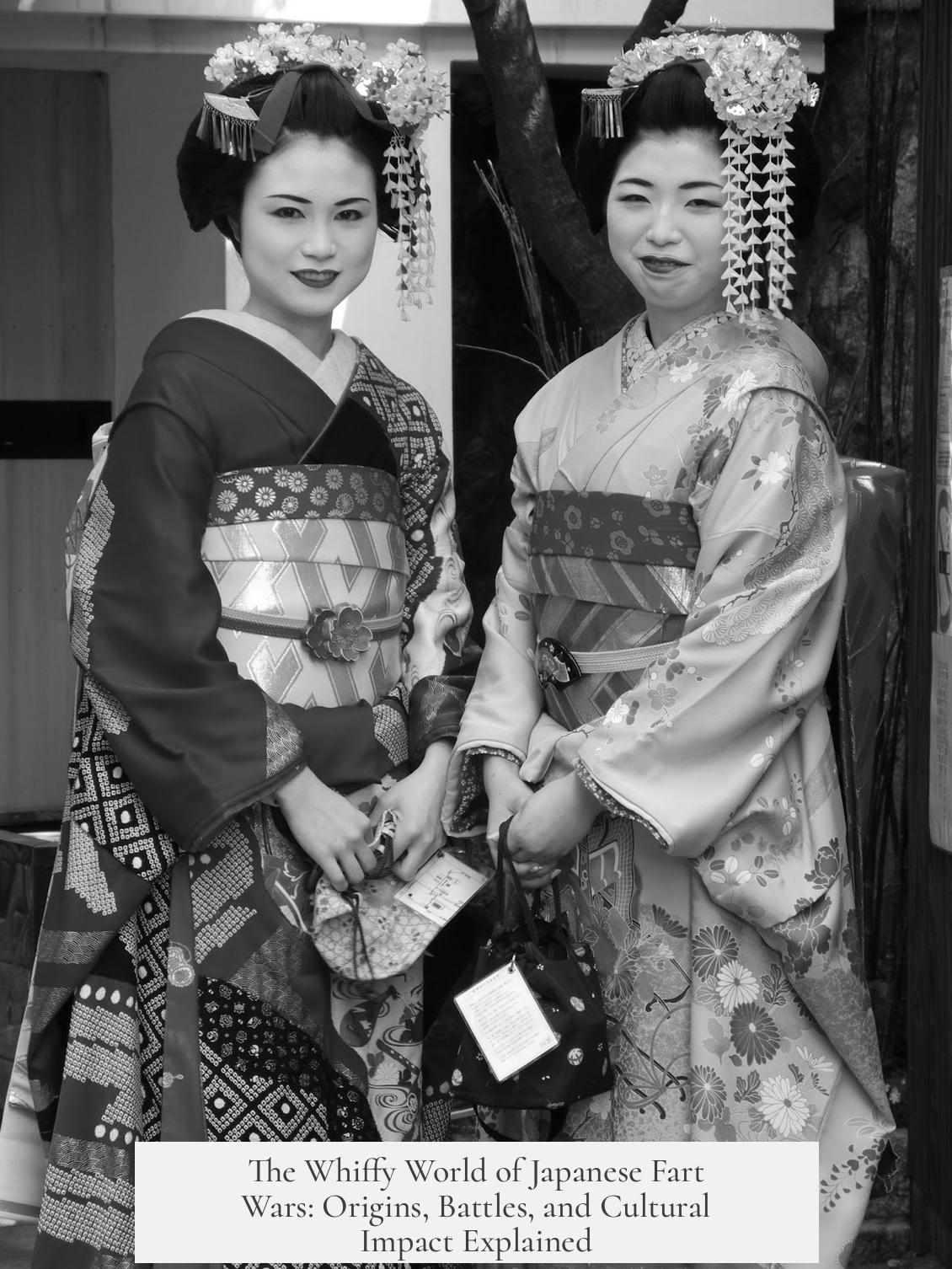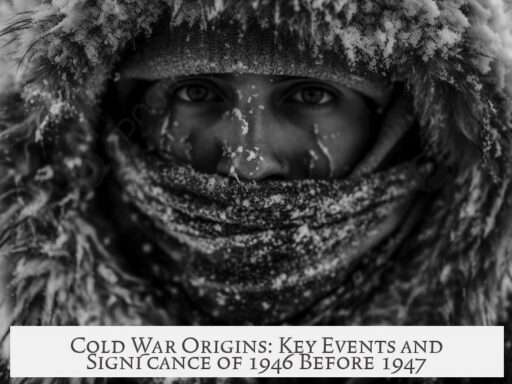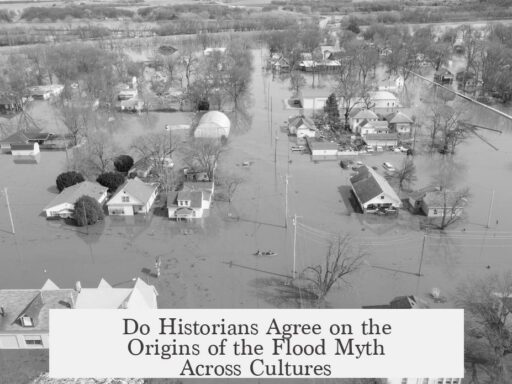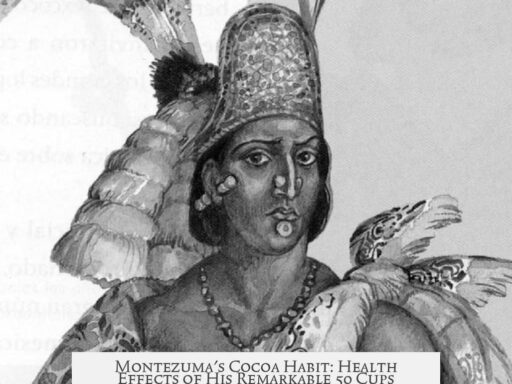The Japanese Fart Wars, known as He-gassen scrolls, are ancient Japanese artworks portraying battles waged through flatulence. Originating from the Edo Period (1600-1868), these scrolls mix crude humor with occasional political satire. They are not literal wars but comical scenes showing priests and commoners engaging in exaggerated fart battles.
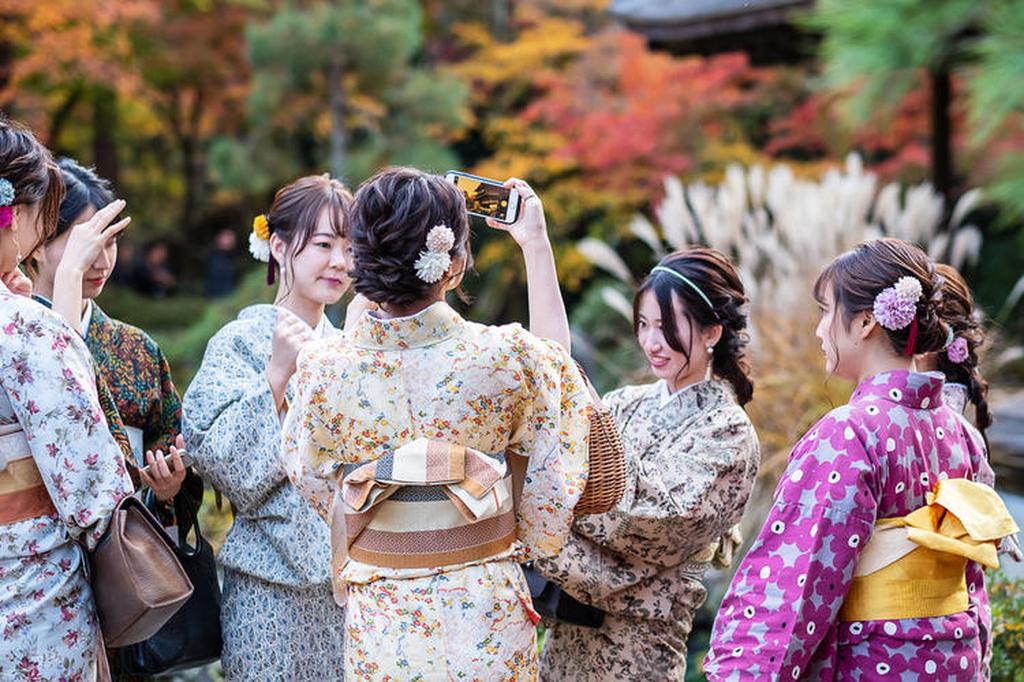
The most well-known He-gassen scroll dates to 1846, though it draws on older traditions. Earlier images of fart battles appear as far back as the medieval period, possibly the 12th century, but surviving copies are from later centuries. Despite their scatological nature, these scrolls were popular art forms in Japan’s Edo Period. They blended humor and bodily functions in a way reflecting the era’s taste for risqué comic art.
He-gassen scrolls feature scenes of priests and men farting at each other. Sometimes, the sketches depict them defecating as part of the battle. The battle outcomes have no clear importance, focusing instead on the absurdity of the contest. The last panel often shows one powerful fart obliterating everything, emphasizing the farcical tone. For example, the 1846 scroll follows a phallic contest before transitioning to an extended fart battle sequence with dozens of participants.
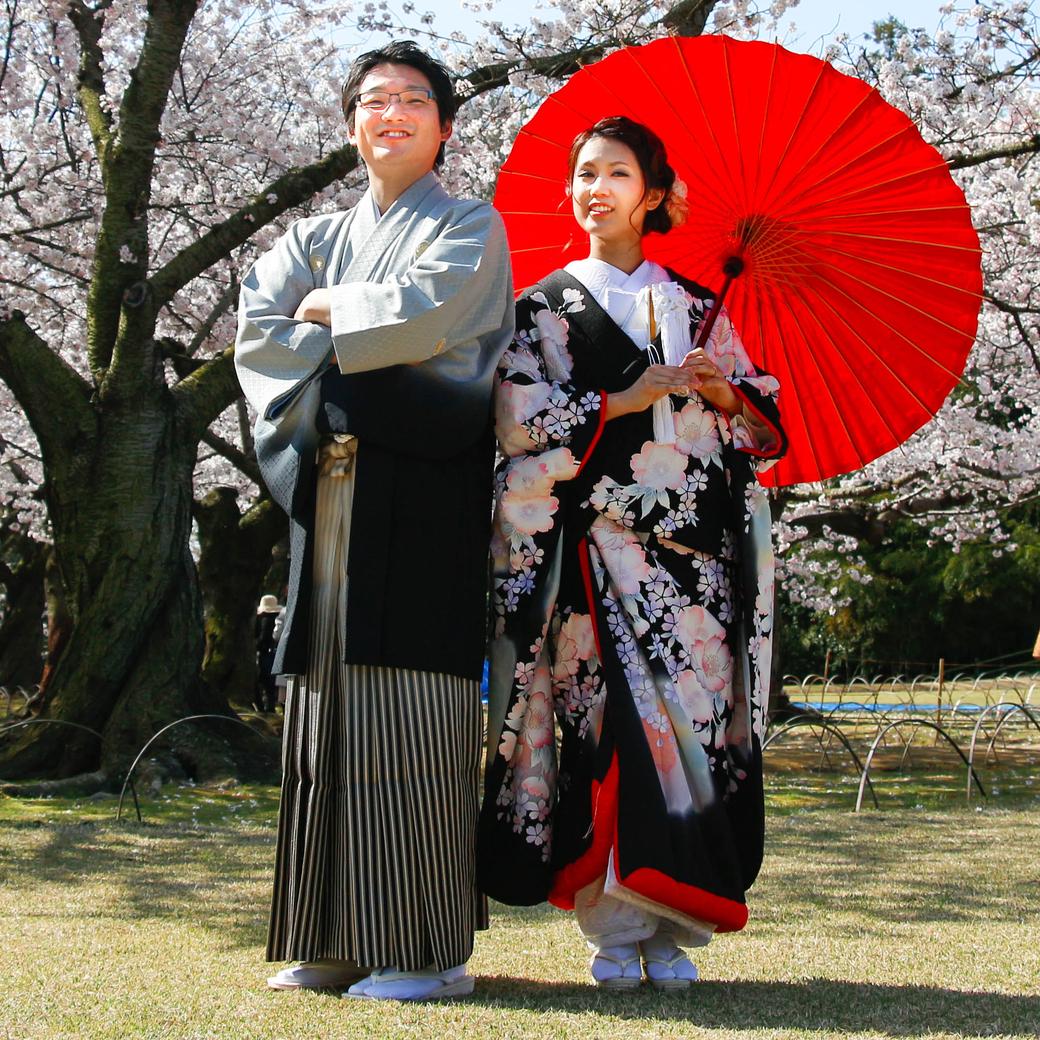
Unlike Western scatological art, which commonly conveys satire or social criticism, Japanese fart battles lack obvious targets or political messages. They primarily provide humor without direct social critique. This distinguishes He-gassen scrolls from much early modern Western scatology, which often targets specific figures or issues.
Some modern media inaccurately claim the 1846 scroll expresses xenophobia or anti-European sentiment. However, this interpretation lacks evidence. The scroll shows only Japanese figures and predates Commodore Perry’s forced opening of Japan in 1853. It is based on earlier models without foreign elements. This supports the view that it remained a humorous artwork rather than a political statement responding to Western imperialism.
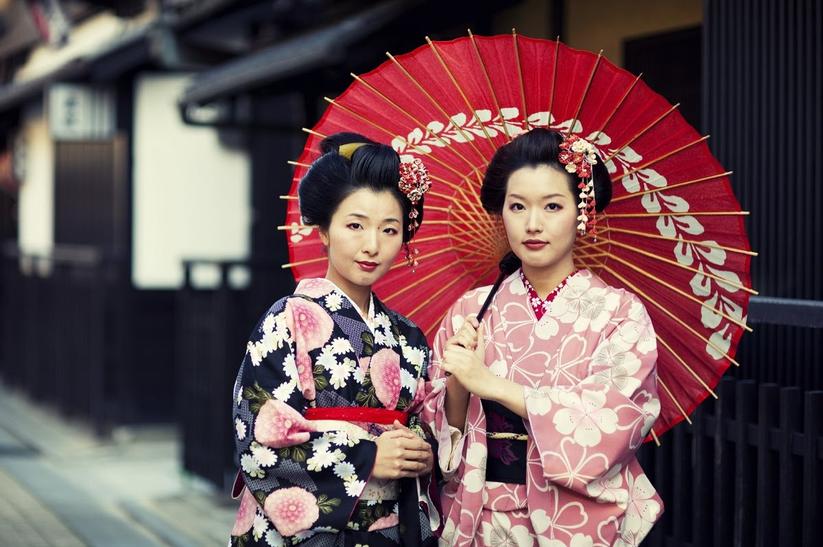
Still, scholars note a subtle possibility of mockery directed at self-important authority figures within some scrolls. The fart battles’ chaotic, pointless nature might reflect dissatisfaction toward governmental or religious elites during a period of unrest before the Meiji Restoration. This interpretation remains tentative, and no consensus confirms explicit political satire in the 1846 scroll.
The He-gassen genre evolved by 1868 into clear political satire. A later scroll represents the Battle of Toba-Fushimi (1868), a key conflict of the Boshin War that marked the decline of the Tokugawa shogunate. This artwork shows defeated figures blown away by a giant fart from a flowered red brocade bag. The bag symbolizes the Imperial banners of the victorious Satsuma-Choshu coalition.
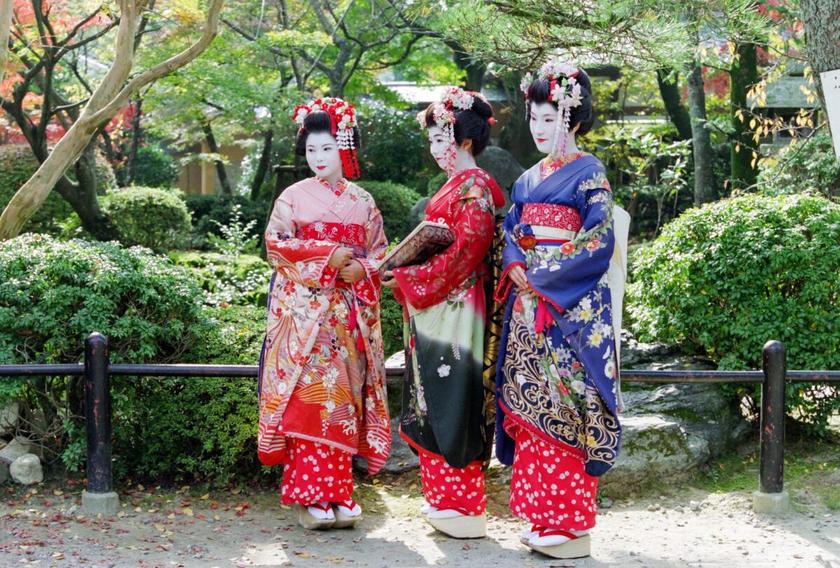
This latter scroll critiques the coalition’s military victory and political tactics. The banners, which helped sway allegiance during battle, are depicted mockingly as a giant bag of farts. This illustrates how fart battle art transformed into a medium of direct social commentary and satire, reflecting deep political conflict at the end of the Edo period.
| Aspect | 1846 He-gassen Scroll | 1868 He-gassen Scroll |
|---|---|---|
| Date | 1846 | 1868 |
| Content | Comedic fart and phallic contests among Japanese priests and commoners | Satirical depiction of the Battle of Toba-Fushimi, political satire on power struggle |
| Political Message | No explicit political or xenophobic message | Clear critique of military and political maneuvering |
| Representation of Foreigners | None | None |
The Japanese Fart Wars illustrate a tradition of scatological humor in Edo culture. From simple crude comedy, the genre sometimes touched subtle political notes, culminating in direct satire by the late 19th century. The scrolls offer a unique window into Japanese popular culture and attitudes toward authority, power, and social tension.
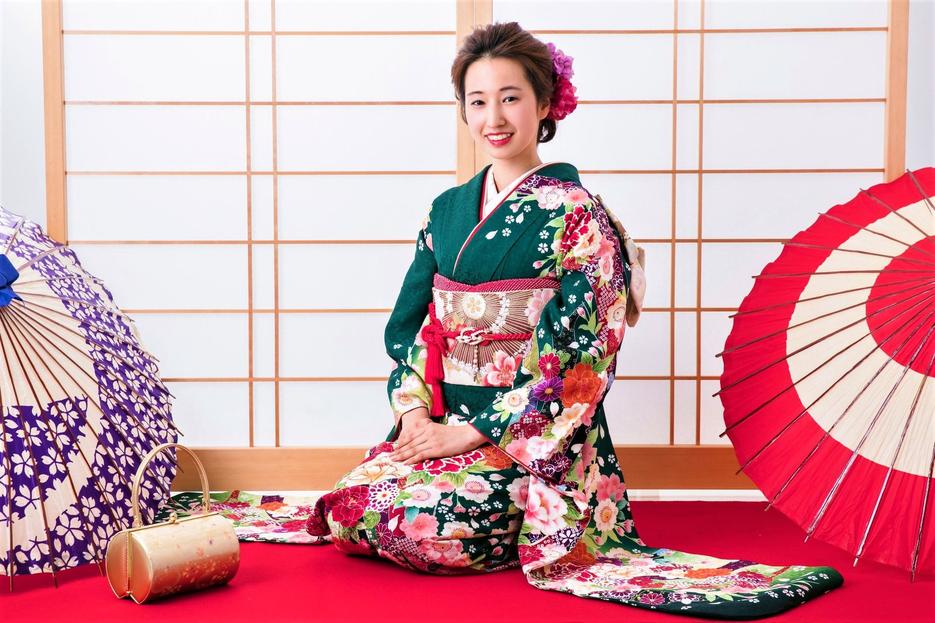
- He-gassen scrolls depict humorous battles fought through farting, mainly during the Edo Period.
- The 1846 scroll is primarily comic with no clear political or xenophobic messages.
- These scrolls originate from older medieval Japanese traditions of scatological humor.
- Unlike Western scatology, He-gassen lacks overt social or political criticism before the late Edo period.
- By 1868, fart battles became explicit political satire, critiquing power struggles of that era.
The Whiffy World of Japanese Fart Wars: What Exactly Were the He-gassen?
First things first: the Japanese Fart Wars, or He-gassen, were ancient scrolls depicting battles fought through the art of flatulence. Yes, you read that right. Instead of swords or arrows, these warriors waged war with fart blasts and scatological antics. Now, if you’re wondering whether this is some bizarre joke or a forgotten tradition, buckle up. This tale goes beyond chuckles, weaving humor, culture, and occasionally political commentary into centuries-old Japanese popular art.
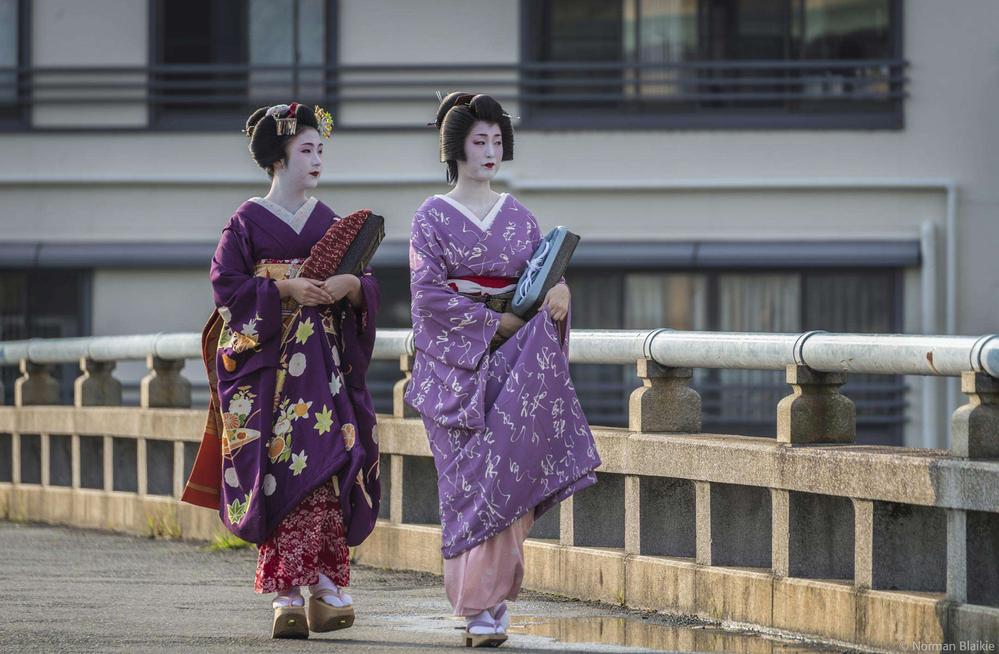
So, what exactly were these Japanese Fart Wars? Let’s dive into the colorful, stinky world of the He-gassen scrolls.
The Origins: From Medieval Humor to Edo Period Riot
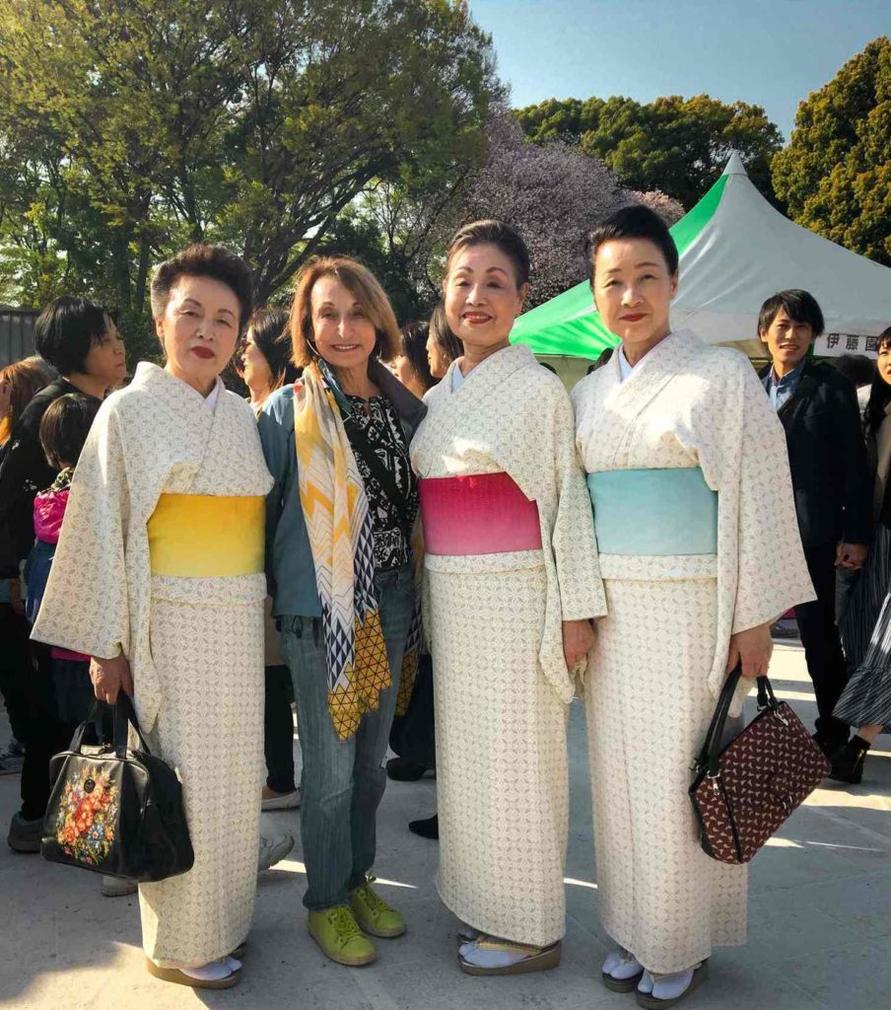
The He-gassen scrolls—that is, “Fart Battle” scrolls—date back with varying origins but cropped up prominently during Japan’s Edo Period (1600-1868). The most famous example dates from 1846 but draws heavily on earlier traditions. Legend says the earliest known fart battle image comes from as far back as the 12th century, although the originals got lost to time, and only later copies survive.
These scrolls are riotous blends of lowbrow humor, showing priestly and commoner figures locked in all-out flatulent warfare. At times, the scrolls also depict less discreet activities—like penis-measuring contests—paired side by side with these fart battles. Frankly, it’s the Edo Period’s version of “you had to be there.”
“This scroll is called the He-gassen that is, Fart battle. It’s labelled as ancient Japanese art all over the internet, but this particular scroll probably dates back to 1846 … The riotous crude humour was actually the norm in popular Japanese art and literature of the Edo Period.”
What Happens in a Fart Battle?
Akiko Yano, a scholar who’s studied these scrolls extensively, breaks down the fart battles as sequences following other humorous contests, especially the cheeky phallic contests. We’re talking dozens of priests and townsfolk enthusiastically engaging in fart exchanges. In some scenes, the humor ventures beyond just farting, depicting defecation contests too. It seems less about winning and more about embracing the chaotic hilarity.
The highlight? A “mighty priest” who delivers a fart so powerful it literally blows everything away. Imagine the ultimate mic drop—but smellier.
“Following the end of the phallic contest … several dozen priests and male commoners are gaily participating in farting … In one scene, defecating at each other. Who is the winner? Seems of no importance to anyone anymore. In the last scene, a single mighty fart from a priest blows everything sky-high.”
Why the Fart Jokes? Culture, Comedy, or Cynicism?
The scatological humor of the He-gassen scrolls highlights an interesting cultural difference from Western satire. In Western art, poop jokes and fart jokes usually serve to lampoon someone or something specific—political figures, society, or particular behavior. But in Japan’s Edo Period, the flatulence fun didn’t have a clear target. There’s no obvious call-out or social critique embedded in most of these artworks.
Instead, people apparently enjoyed fart jokes for what they were: ridiculous, silly fun. The scrolls reflect an appetite for humor with no agenda beyond laughter. This is a refreshing reminder that humans, across time and cultures, enjoy a good lasting “toot.”
“Whereas early modern Western scatology … points to a specific object to criticize, in the case of the hōhi gassen, its critical intention is not obvious.”
The 1846 Scroll and Misconceptions About Xenophobia
Now, here is where things get a little more nuanced. The 1846 scroll emerges during a time of growing anxiety in Japan about the West. Commodore Perry would “open” Japan by force in 1853, and apprehension about Western imperialism was on the rise.
Despite this tense political climate, the 1846 He-gassen scroll doesn’t involve Westerners or overt xenophobic symbolism. It shows an all-Japanese fart battle designed more for laughs than political propaganda. So, despite some popular claims (looking at you Daily Mail headlines), this scroll doesn’t embody anti-European sentiment or clear political messaging. Instead, it pays homage to a long-standing tradition of crude humor dating back centuries.
“… By 1846, there was increasing worry in Japan about imperialist Western powers. But this scroll was painted seven years before Commodore Perry opened Japan … There are no Westerners depicted. It’s an all-Japanese battle … So, where is the Daily Mail getting their assertion that it was comical depiction of Japan’s serious xenophobia?”
Could There Be Subtle Political Satire?
While outright xenophobia is absent, some scholars speculate the scroll could lightly mock self-important authority figures and petty disputes, especially given the turbulent pre-Meiji political scene. This would mean some fart battles symbolize discontent with inept governance without directly lampooning individuals or groups.
Still, there’s no solid English scholarship firmly confirming this interpretation, leaving it more a tantalizing possibility than a certainty. It shows that humor often dances on the edge of politics, sometimes quietly wielding wit as social commentary.
“It’s certainly not a depiction of xenophobia … but the fart scroll may have a tinge of mockery towards self-important authority figures … This mocking attitude towards inept government may connect to the growing troubles of the political climate.”
The Late Edo Period: Fart Battles as Clear Political Satire
By 1868, fart battle art gets downright political. A later He-gassen scroll mocks the Battle of Toba-Fushimi, which launched the Boshin War and marked the beginning of the Meiji Restoration. In this depiction, farters are blown away by a giant fart from a flowered red brocade bag symbolizing the Imperial banners used by the victorious Satsuma-Chōshū coalition.
The image critiques the coalition’s power grab and the panic it induced within the old Tokugawa Shogunate. This shows fart battles evolving into sharp, direct political satire.
“The painting depicts the recent battle of Toba-Fushimi. Farters are blown away by a giant fart from a flowered red brocade bag, the Satsuma-Choshu coalition’s Imperial banners. The artist wasn’t impressed; the Emperor’s banner isn’t a sacred emblem but just a giant fart, satirizing sneaky power grabs.”
What Can We Learn? The Enduring Appeal of He-gassen
The Japanese Fart Wars reveal a fascinating intersection of humor, tradition, and social commentary. From their origins in crude, carefree Edo Period fun to their later use as political satire, these scrolls show a culture that embraces the ridiculous while reflecting on society’s woes.
If there’s one takeaway, it’s that humor helps humans cope—even if it means picturing priests blowing each other away with noxious gas in ancient art. Plus, these scrolls offer historians a cheeky glimpse into everyday life and politics in Japan’s past.
For anyone hunting unique art that marries humor, history, and a bit of stinky mystery, the Japanese Fart Wars are an absolute must-see—and not just for laughs.
Some Fun Tips if You Want to Explore Further
- Look up digital images of the He-gassen scrolls to see these riotous scenes yourself. They’re equal parts baffling and hilarious.
- Remember that humor is culturally specific—what’s amusing in 19th-century Japan might feel mysteriously crude now but offers insight into popular taste then.
- When reading articles about He-gassen, watch out for sensational claims. Always check whether they’re backed by solid research or just eye-catching headlines.
- Think about how humor fares in your society today. Would you spot similar scatological humor normalized somewhere? (If you do, invite me there!)
In Closing: A Battle Like No Other
The Japanese Fart Wars, embodied in the He-gassen scrolls, are far more than childish jokes. They are a window into centuries of popular culture where humor, social life, and politics entwined in unexpected ways. Whether as riotous entertainment or biting satire, these fart battles bring ancient Japan’s humanity vividly to life. And if that isn’t a breath of fresh air—or maybe not—that’s history for you.
What are the Japanese Fart Wars depicted in the He-gassen scrolls?
The Japanese Fart Wars are scenes from Edo Period scrolls showing battles fought by flatulence. These scrolls, dating mostly from the 17th to 19th centuries, illustrate humorous clashes among priests and commoners using farting as a form of conflict.
Were the He-gassen scrolls meant as political satire or social criticism?
Unlike Western scatological art, these scrolls usually lack clear political messages. They are mostly crude humor meant for entertainment. However, some suggest subtle mockery aimed at self-important officials, reflecting unrest before the Meiji Restoration.
Do the scrolls reflect Japan’s attitude toward foreigners or Western imperialism?
No evidence links the 1846 He-gassen scroll to xenophobia or anti-Western sentiment. It depicts only Japanese figures and predates Japan’s forced opening by Commodore Perry. Modern claims connecting it to racial or political fear are unsupported.
What happens in the actual fart battles shown in the scrolls?
Several dozen priests and men engage in farting battles, sometimes defecating at each other. The contests do not focus on winning. The final scene often features a powerful fart that disrupts everything, emphasizing humor over competition.
Is there any example of clear political satire in these fart battle scrolls?
Yes, a later 1868 scroll satirizes the Battle of Toba-Fushimi. It uses fart imagery to mock political opponents during the Boshin War, symbolizing the power shifts with a giant fart from a red brocade bag representing Imperial banners.
